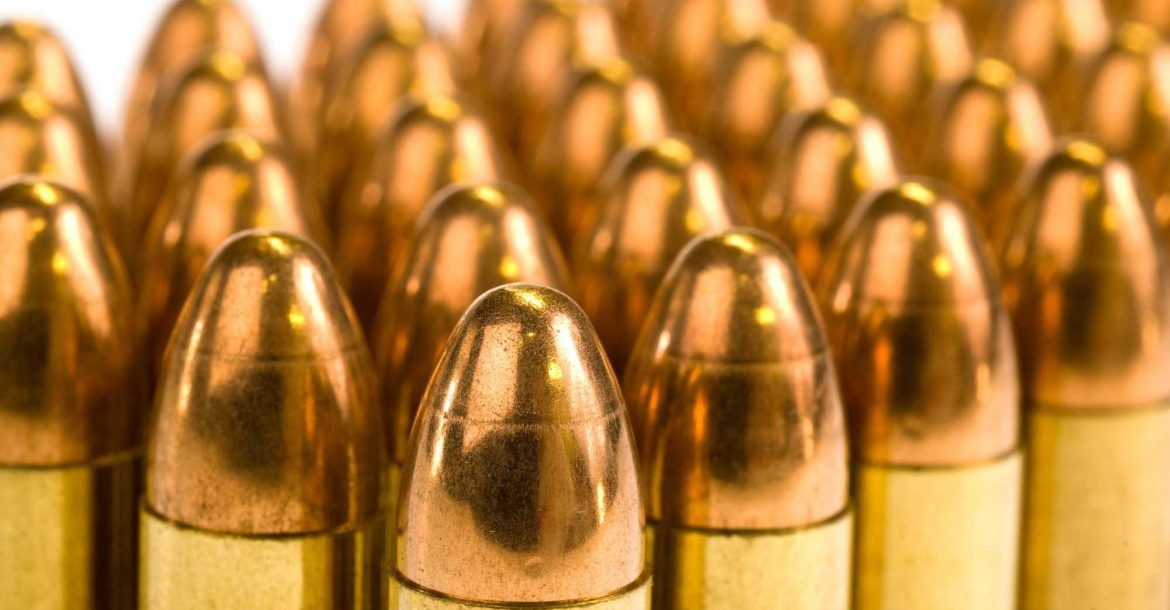Lead Ammo Ban: the EU is at it again!
Unhappy with the negative outcome of their attempt to ban a broad range of firearms from civilian ownership, the European Commission tries again to hit at the European shooters' community – this time with a proposed blanket ban on all lead-based ammunition!
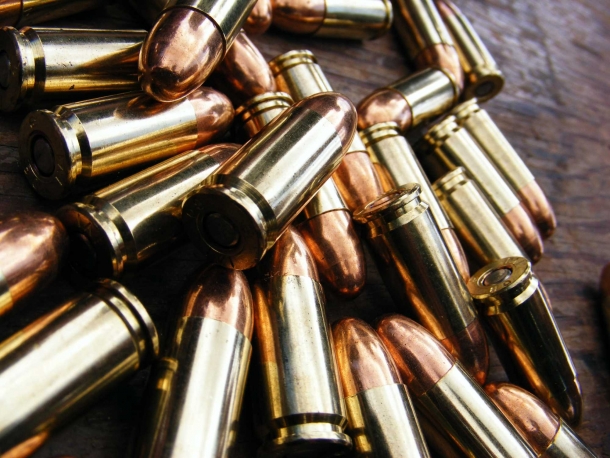
The EU is once again trying to hit at the firearm owners community, this time with a blanket ban on all lead-based ammo
Here we go again...
After most of the disastrous original proposals of what is now know as the "EU Gun Ban" having been neutralized in the approved text, and with European shooters being able to obtain a "soft" implementation through political lobbying at a national level, it was just a matter of time before the power-hungry gun grabbers in the European Union institutions – and those who support them behind the curtains in the State bureaucracy and government institutions of each Member State – would give it a try again, this time through a different path.
What are they at, this time?

While officially focusing on wetlands, the new proposal for a ban on lead-based ammunition lays grounds for a blanket ban
Very recently, the European Commission submitted a formal request to ECHA (the European Chemical Agency) to conduct a study and consultation aimed at achieving a total ban on lead-based ammunition.
In order to avoid the "mistakes" that – in their eyes – nullified their gun-grabbing efforts with the Firearms directive (such as the missing impact assessment and many others that laid grounds for a formal complaint lodged by the Czech government in front of the European Court of Justice), the European Commission started a public consultation about "restrictions of lead in shot in wetlands and any other uses of lead ammunition (other than lead shot in wetlands), including hunting in other terrains than wetlands and target shooting", and even on "lead weights for fishing"!
According to the official statement of ECHA, "Modern lead-free gunshot cartriges, such as steel cartridges, are suitable for all types of hunting in wetlands and are widely available."

What the European Commission is seeking is a ban on ALL lead-based ammunition!
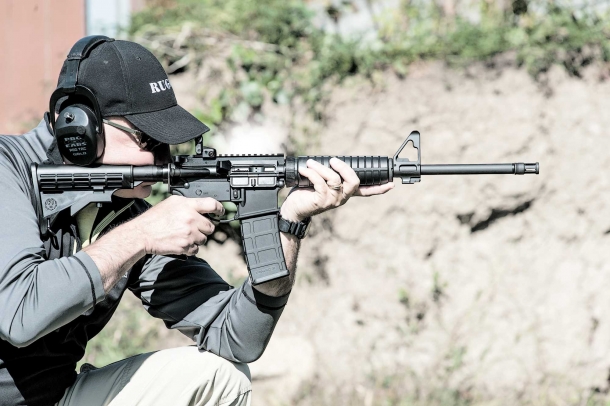
Wording is clear: the ban would not only affect hunting in wetlands, but sport shooters as well
In other words, the EU is angry at their plans of taking away your guns having been thwarted, and is currently asking for public feedback on a plan to use the environment as an excuse for a total ban on lead ammunition.
The proposal seeks to ban ammunition which contains lead "In concentrations greater than 1% by weight, for shooting with a shot gun within a wetland or where spent gunshot would land within a wetland, including shooting ranges or shooting grounds in wetlands".
In addition, a parallel study is being conducted on restrictions on "other lead-based ammunition": in other words, pretty much all ammunition for handguns, shotguns, rifles and carbines!
Wording is clear:
the ban would not only affect hunters, but sport shooters as well
What are the risks?
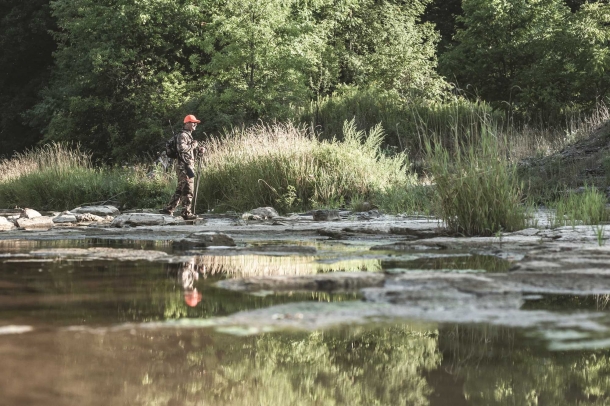
The definition of "Wetland" is so comprehensive that it could include most portions of many Member States
As usual with malicious restrictions proposals sneaked in under the guise of "common sense legislation", the trick is in the definition. More specifically, in this case, "Wetlands" are described as:
“Areas of marsh, fen, peatland or water, whether natural or artificial, permanent or temporary, with water that is static or flowing, fresh, brackish or salt, including areas of marine water the depth of which at low tide does not exceed six metres”.
This is the definition of wetlands given by the Ramsar Convention – a comprehensive and internationally recognised definition which however means that lead-based ammunition would be banned in up to 24,3% of surface area in countries like Sweden.

Mandating the use of lead-free ammunition would create issues with most modern rifled-bore firearms
The ban would also affect basically all rifle and pistol shooters, making accuracy in shooting – and thus shooting sports such as long-range shooting and basic target shooting – a thing of the past.
The issue is simple: bullet stability is essential for accuracy, and is achieved through barrel twist – which in turn is calculated through complex rules such as the Greenhill's formula, the Bowman's formula, the Miller twist rule, and many others.

The accuracy of most modern rifles, carbines and handguns would be severely downgraded by the use of heavier rounds
In all of those, however, bullet weight, and thus bullet material density, matters so much that a change in a the density of the material implies a change in bullet weight and thus a change in the necessary barrel twist.
Most rifles, carbines and handguns currently available feature twist rates that are calculated to provide optimum stabilization to rounds that are manufactured out of lead or offer a similar bullet weight.
Mandating the use of more dense, heavier materials will screw up all the complex calculations behind the twist rate and make those guns much less accurate.
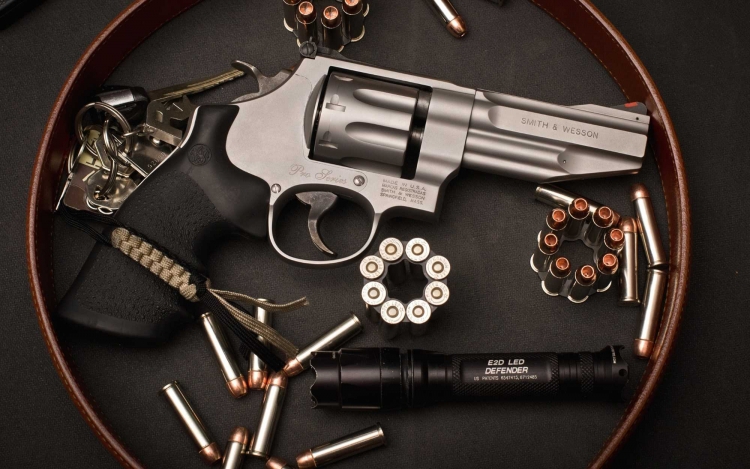
Pistol shooters would be affected severely by restrictions on lead ammunition as well – and that would be especially true for those shooters who practice in outdoors ranges or who compete in IPSC or other practical shooting disciplines

.22 rimfire ammunition is mostly made out of lead: this would mean a total ban on standard target shooting sports
The damage would also be dealt by classic and olympic sport shooters, whose disciplines most often are practiced using .22 Long Rifle ammunition – a caliber that is almost solely available in lead-only loads.
Shooters and ammunition manufacturers would thus have to find alternatives to lead ammunition, more specifically new materials that would make ammunition more expensive to manufacture, and thus to purchase.
Steel, which is currently considered the most suitable and less expensive alternative to lead, is actually much less of a viable option than some would believe, given the well known increased wear on rifling that it causes and to the fact that not all firearms are suitable to use steel-based ammo.
In Countries where such bans were enacted by national laws, hunters had to ditch their trusty shotguns and rifles to purchase new and expensive ones, as older models wouldn't be safe or effective with steel ammunition; in some cases, this lead to a sharp drop in the number of active hunters.
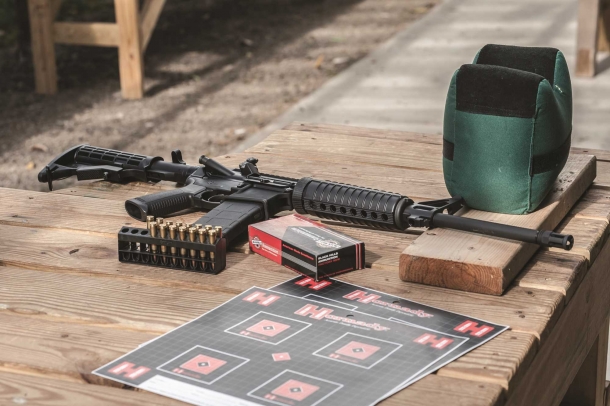
It was clear that the gun grabbers at the European Union would not settle with the meager results of the EU Gun Ban process
Furthermore, given its metallurgic qualities, pistol and rifle ammunition manufactured out of steel would be considered as "armor piercing", and thus banned by law, in many Member States.
Not to mention, if a total ban on lead ammunition is allowed – for the sake of "increased long-term opportunities for birdwatching", according to the European Commission and in disregard of all evidences that disprove the toxicity of lead-based ammunition! – new bans on other materials used in ammunition may come in the future, restricting the pool of available ammunition even further. The mixture of polymer and powdered metals used in the manufacture of modern sintered bullets immediately comes to mind as the next potential target for a ban... for the sake of the birds, of course.
It's crystal clear how the true reason behind those bans is not to protect environment and public health but to put another nail in the coffin of civilian gun ownership at large.

Make no mistake: a ban on lead-based on ammunition means a ban on ALL hunting and shooting!
So what do we do now?

It is once again of utmost importance, for the future of our sports, that all hunters, shooters and freedom loving European citizens come together!
A public consultation was launched on June 21st, 2017, allowing interested parties to comment on the proposed restriction report using the ECHA website.
The public consultation concludes on December 21st, 2017; it is necessary that all stakeholders – ammunition manufacturers, retailers, shooting and hunting groups and organizations, and individuals – provide their negative opinion using the "Give Comments" option on this page.
It is highly recommended that all negative feedback provided to the public consultation is backed by scientific evidence that disproves any danger posed to wildlife and human health by lead-based ammunition. Several authoritative scientific researches have been produced all through the years that disprove the toxicity of lead ammo, and most of those are freely available on the Internet.
The Committee for Socio-Economic Analysis (SEAC) and the Committee for Risk Assessment (RAC) of ECHA will be available by June 2018: they will be sent to the European Commission, which will take the decision whether to include the proposed restrictions in the Annex XVII of the REACH Regulation.
Being an EU regulation and not a directive, there will be no way for Member States to adopt it in a "soft" way: any restriction on lead-based ammunition would have to be adopted "as it is", without escape.

